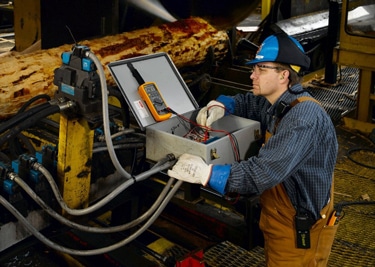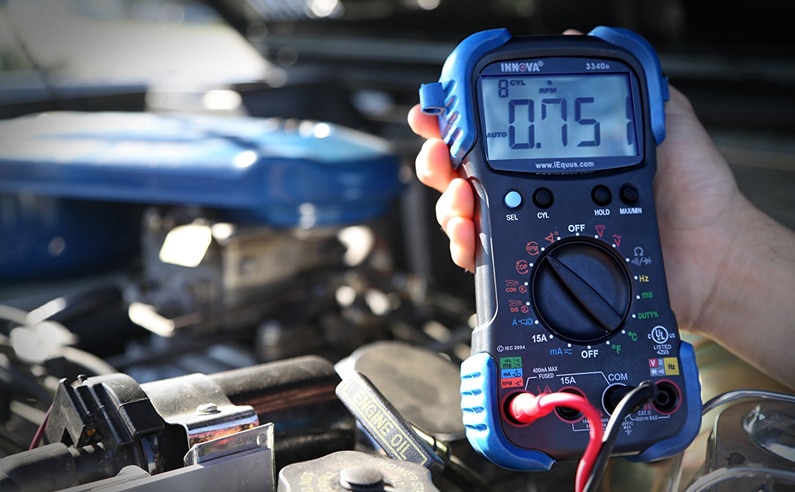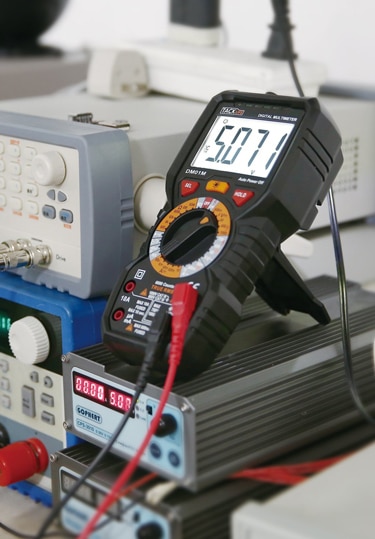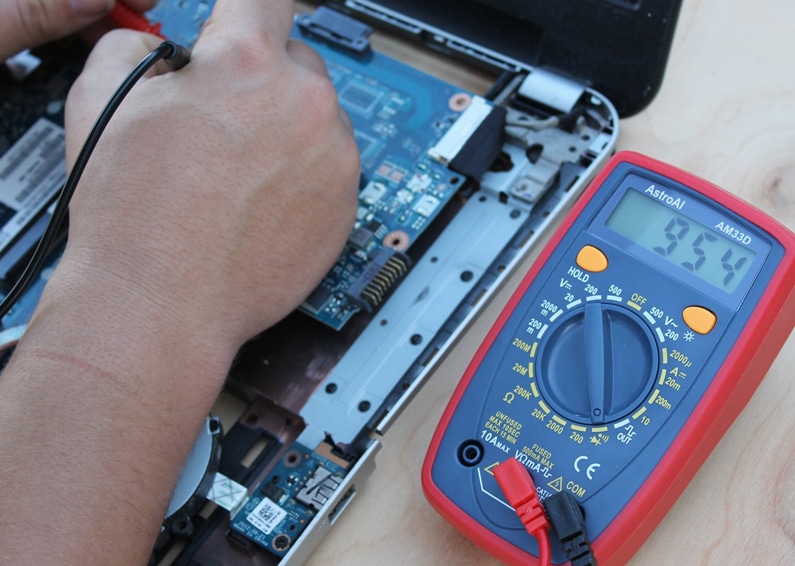
Test lead probes are often taken for granted, which is unwise – they are, actually, among the most important parts of a multimeter as the first line of defense when it comes to dangerous high currents. For that matter, it is of crucial importance to select multimeter test leads that are safe and built from quality materials and to test them to ensure they’re working correctly. The same goes for the accessories.
Have a look at some of the most important factors to consider while buying and testing the probes for your brand new digital multimeter (DMM):
The Material
The materials used for the manufacture of the leads are of the highest importance. As you can already guess, the leads that are made from poor-quality materials will undoubtedly affect the readings that the multimeter records.
To give you an example, if a particular pair of test leads was built from dissimilar metals, they will tend to produce errors that are hard to trace in case you’re measuring low resistance or low voltage (i.e., when working on low-voltage circuits). The reason behind this is the fact that the contact between dissimilar metals often acts as a thermocouple, generating its own voltage and messing your measurements up.
Fortunately, there’s a load of different test leads on the market, with many of them designed specifically to meet the requirements of particular applications. Some are pricey, but accuracy and safety definitely aren’t among the areas where it’s wise to save the money.
The Safety
Before starting with any measurement task, you will have to confirm that both your DMM and its test leads are category-rated and that they have the correct voltage level for the jobs they will be used for. When it comes to electrical measurement category ratings, they are defined by the IEC61010 standard and are separated into the following categories: CAT-I, CAT-II, CAT-III and CAT-IV.
Other requirements of the IEC61010 standard that one should be familiar with are those related to exposed probe tips, clearance spacing, di-electric withstand voltage, transient test, impact, and markings.
The NFPA 70E, on the other hand, says that the measuring devices are required to be rated for the electrical environment they will be utilized in. This goes for both the DMMs and their test leads, as well as for all the necessary personal protective equipment.
Even if the batteries are of good quality, they can still provide false-negatives and false-positives. A false-positive is an occurrence in which the tester produces a sound, but there is no current. The false-negative is much more dangerous – it’s when there’s no beeping sound even though the current is flowing.

Avoiding the Risk
As we said, the test leads are an integral part of every DMM system – they aren’t just the means to connect your gadget to the machine you want to test. Under-rated, worn, or poorly manufactured test leads often cause inaccurate readings, and, what’s worse, they can pose an electrocution and shock hazard for the person who is using them. This is why it’s essential to have the right test probes for every application. In case one’s work is limited to circuits that are below 30 V, the issues connected to shock hazards are significantly reduced.
However, those who use leads to measure high-energy and high-voltage circuits (240V- 600V) should know that using well-manufactured leads with correct ratings and markings is of crucial importance. Don’t forget to always take all the necessary precautionary steps and verify the rating and condition of your leads before engaging in any serious measuring with them.
Inspecting the Leads
Before using the leads for measuring, make sure to perform an inspection and determine if your leads are safe for use and capable of accurately conducting the electrical signals. Typically, their physical condition is the most crucial factor that could affect your measurements.
Start by performing a visual inspection of the probe handles, insulation, and the leads connectors. Make sure that the insulation is not cracked or nicked, since it can become susceptible to cracking and drying out with age. A careful visual inspection is one of the best ways to identify all physical problems. Another important thing here is to ensure that there are no cracks or gaps in the area between the molded banana plugs and the insulated wire.
Even though it can’t give you a 100% guarantee that your leads are safe, a visual inspection can undoubtedly reveal faults that lead to severe injuries.
Testing the Leads
Once you’re sure that your leads have no visual damage and that they’re appropriately rated, you could make a simple test and therefore confirm if they’re capable of carrying the signal within permissible loss parameters. You can do it by placing your DMM in the ohms (resistance) function, plugging the leads into the gadget, and then touching their tips together. The device should read around 0.5 ohms or less for the test leads of good quality.
Furthermore, you can isolate a single problematic probe by testing it separately. Simply connect one probe at a time between the common input and the ohms.
As another part of the test, you should shake and wiggle the wires of your leads and thus check for the intermittents that are not that apparent with a static check. The continuity is yet another function you could use to test the leads, but don’t forget that the continuity modes of some models are quite forgiving.

The Accessories
Some of the most common DMM accessories include items such as current clamps, probes, magnetic hangers, non-contact voltage sticks, as well as the carrying cases. All of these often come in kits together with the DMMs and vary in quality depending on the brand.
As far as we’re concerned, a quality current clamp is the best possible accessory you could get in the kit. It’s a handy device with “jaws” that will let you measure the current without making physical contact with the conductor. Try to find one that gives accurate results and don’t compromise on safety.

No matter how good your digital multimeter is, it’s only as good as its test leads are. Selecting the test leads of good quality and taking a couple of minutes to confirm that they match the safety standards is of crucial importance when it comes to making safe and accurate measurements. Good luck!
The post How to Choose Multimeter Test Leads and Accessories appeared first on Tool Nerds.
from Tool Nerds https://ift.tt/2LBcvz7
via IFTTT
No comments:
Post a Comment